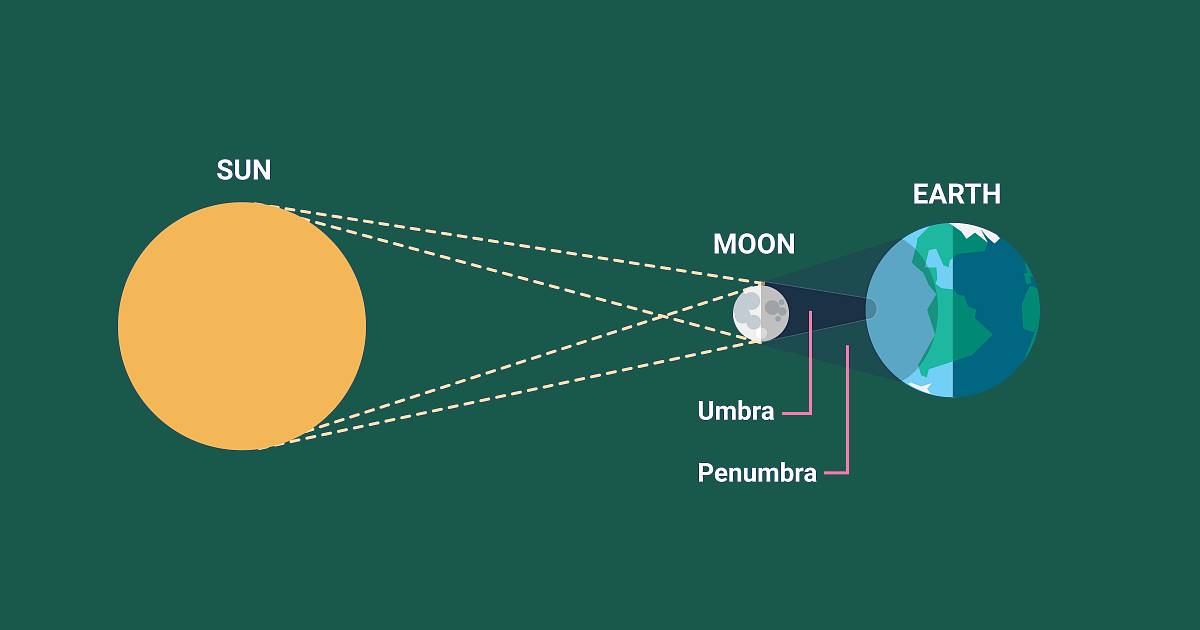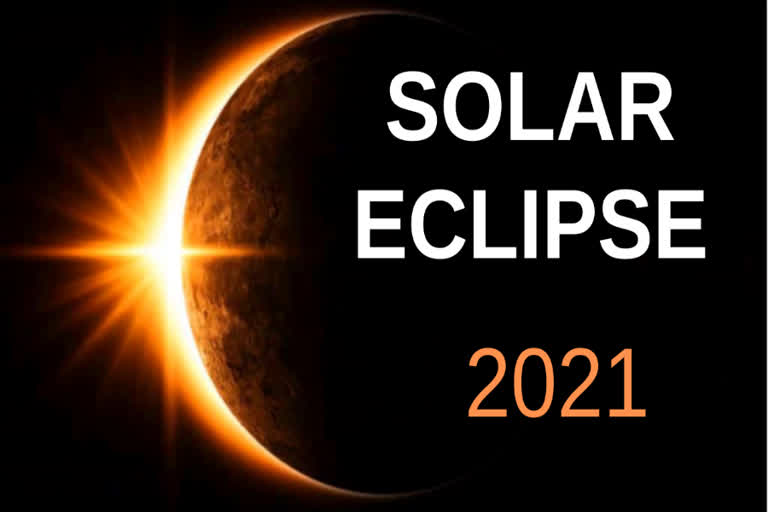New Delhi: As per experts, the first solar eclipse of the year, 2021 will occur on 10 June. Its impact will be seen more in the North direction. In India, it will be seen for some time only in some parts of Arunachal Pradesh and Jammu Kashmir.
The impact of the eclipse will be more in countries like America, Europe, Asia, Greenland, Russia, and Canada will witness the first solar eclipse of the year.
Solar Eclipse on 10th June 2021 will bring an economic slow down as per Pankaj Khanna, a Delhi based Astrologer. He further added that the impact of this eclipse will last till 1 1/2 years, till Aug 2022. From August 2022 onwards, the negative impact of the eclipse will start slowly reducing. This will continue till December 2022.
Pankaj Khanna said, "During the peak period of the eclipse, the planet Saturn will be in the Zodiac sign of Capricorn which creates an economic slowdown. The planet Saturn will become strong and support technological growth, innovations etc. Sun will become weak and the ruling government and associated people will become uncomfortable and restless."

A solar eclipse occurs when the moon gets between Earth and the sun, and the moon casts a shadow over Earth. A solar eclipse can only take place at the phase of the new moon when the moon passes directly between the sun and Earth and its shadows fall upon Earth’s surface.
- Sometimes the moon only blocks part of the sun’s light. This is called a partial solar eclipse.
- Other times, the moon blocks all of the sun’s light. This is called a total solar eclipse.
- As the moon blocks the sun’s light, it casts a shadow on part of the Earth.
- The moon’s shadow creates a trail as Earth rotates. This trail is called the path of totality.
- If you want to experience total darkness during an eclipse, you have to be in the path of totality. In that path, the moon completely blocks the sun’s light for a few minutes. It gets so dark that it looks like night time during a full moon!
- If you don’t know what’s happening, it can be confusing. Animals can get confused too.
- But this total darkness can also be kind of cool for scientists who study the sun’s atmosphere, called the corona. The corona is very dim. It’s usually hard to see because the sun is so much brighter. But, when the moon blocks the sun’s light during an eclipse, all you can see is the light from the corona!
There are four types of solar eclipses: total, annular, partial, and hybrid. Here's what causes each type:
- Total solar eclipses
- Partial solar eclipses
- Annular solar eclipses
- Hybrid solar eclipses
Of all solar eclipses, about 28% are total; 35% are partial; 32% annular; and just 5% are hybrids.
Also Read: The 11 biggest space missions of 2021 (and their chances of success)



